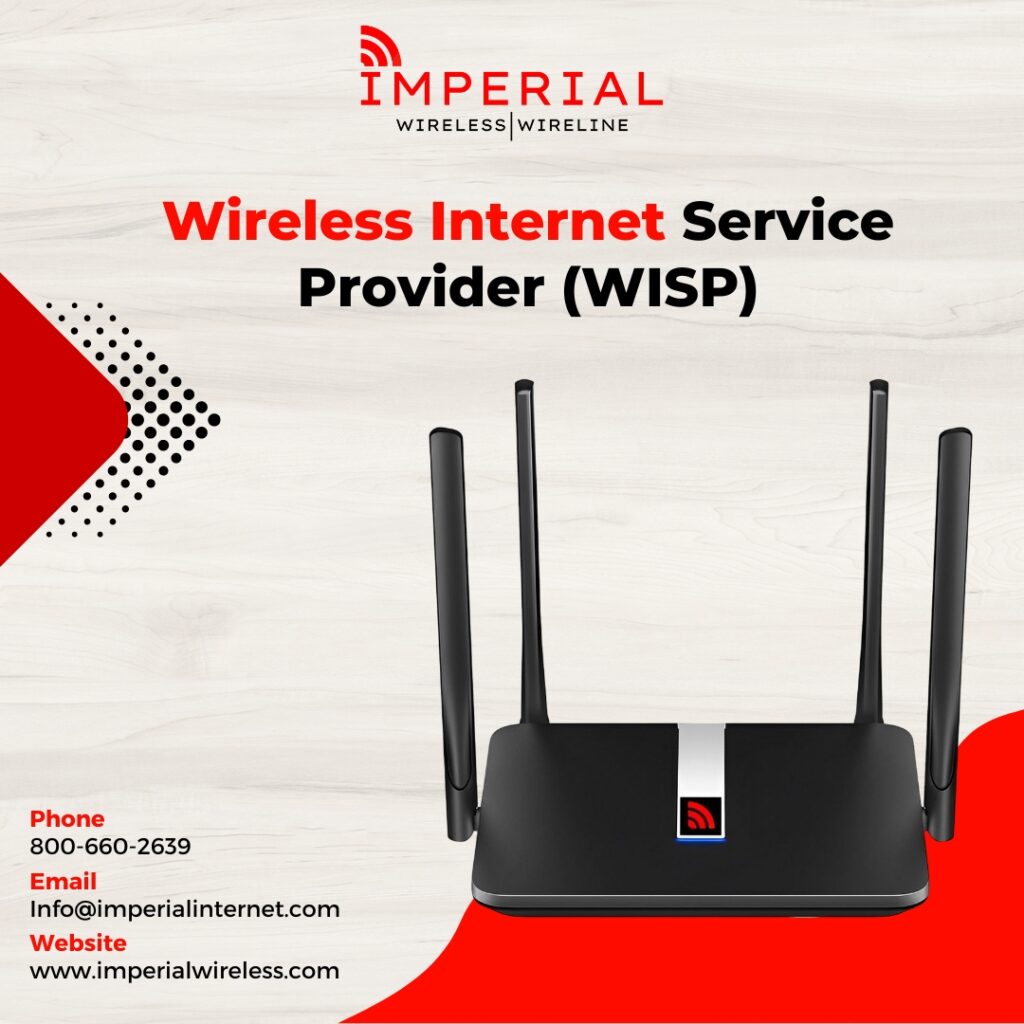
The wireless internet has emerged as a game-changing innovation that has revolutionized how we connect and interact with the digital world. This cutting-edge technology has untethered us from traditional wired connections, enabling seamless access to information and communication across vast distances. From homes to businesses, schools to public spaces, Imperial Wireless broadband has become indispensable in our daily lives, empowering individuals, transforming industries, and bridging the digital divide. This article explores the wireless internet’s evolution, benefits, challenges, and prospects.
The Evolution of Wireless Internet
The journey to the wireless internet began with the development of communication technologies such as radio waves and microwaves in the late 19th and early 20th centuries. These technologies laid the foundation for data transmission, leading to the birth of wireless local area networks (WLANs) in the 1990s. Introducing the IEEE 802.11 standard, commonly known as Wi-Fi, brought wireless connectivity to homes and offices.
Over time, wireless internet services provider evolved from essential Wi-Fi networks with limited range and bandwidth to more advanced technologies like 3G, 4G, and now 5G. Each generation has offered faster speeds, reduced latency, and improved network capacity, enabling high-quality video streaming, online gaming, and real-time communication. The advent of 5G, with its ultra-low latency and massive device connectivity, promises to unlock new possibilities in areas such as autonomous vehicles, smart cities, and the Internet of Things (IoT).
The Benefits of Wireless Internet
Ubiquitous Connectivity
Wireless internet has made connectivity ubiquitous. It has expanded internet access beyond traditional fixed-line connections, allowing people in remote areas, developing countries, and underserved communities to connect and benefit from online resources, education, healthcare, and economic opportunities.
Mobility and Flexibility
With this technology, individuals are no longer bound by physical connections. Laptops, smartphones, tablets, and other portable devices can connect to the internet seamlessly, providing the freedom to work, communicate, and access information while on the move.
Productivity and Collaboration
Wire-free connectivity has transformed the way businesses operate. It enables employees to collaborate in real-time, access cloud-based applications and data, and work remotely. This flexibility enhances productivity, promotes innovation, and helps businesses adapt to rapidly changing market dynamics.
Enhanced Communication
It has revolutionized communication, enabling instant messaging, voice and video calls, and social media interactions across the globe. It has bridged geographical barriers, fostering connections between people and cultures and promoting global understanding and cooperation.
Internet of Things
Wireless internet forms the backbone of the IoT, connecting billions of intelligent devices, sensors, and machines. This connectivity facilitates automation, data collection, and analysis, leading to advancements in smart homes, healthcare monitoring, industrial automation, and energy management.
Challenges and Concerns
While wireless internet offers numerous benefits, it also faces challenges and concerns that need to be addressed:
Coverage and Infrastructure: Expanding wireless internet coverage to rural and remote areas remains challenging due to infrastructure limitations and high deployment costs. Bridging the digital divide requires network infrastructure investments and policies promoting equitable access.
Security and Privacy: Wireless networks are susceptible to security breaches, including unauthorized access, data interception, and identity theft. Strong encryption, authentication mechanisms, and user education are vital to mitigate these risks and protect users’ privacy.
Spectrum Congestion: As wireless internet usage grows, there is a risk of spectrum congestion, leading to slower speeds and reduced quality of service. Efficient spectrum management and the development of new technologies are necessary to address this issue.
Health Concerns: Some individuals express concerns about the potential health effects of wireless signals, although extensive research has shown no conclusive evidence of harm. Nonetheless, ongoing studies and adherence to safety standards are crucial to ensure public confidence.
The Future of Wireless Internet
The future holds exciting possibilities. As 5G networks expand, we can expect faster speeds, lower latency, and more reliable connections. This will facilitate augmented reality (AR), virtual reality (VR), and cloud gaming advancements, unlocking immersive experiences and transforming industries such as entertainment, education, and healthcare.
Moreover, emerging technologies like satellite-based networking, mesh networks, and using unlicensed spectrum offer promising alternatives to traditional wireless infrastructure. These innovations aim to provide global connectivity and further reduce the digital divide.
Conclusion
In conclusion, the wireless internet has ushered in a new era of connectivity, empowering individuals, businesses, and communities worldwide. Its evolution from Wi-Fi to 5G has opened up endless communication, productivity, and innovation possibilities. However, challenges like coverage, security, and spectrum management remain to be addressed. By overcoming these obstacles and embracing emerging technologies, the wireless network has the potential to shape a future where seamless connectivity is accessible to all, transforming the way we live, work, and interact with the world around us.
